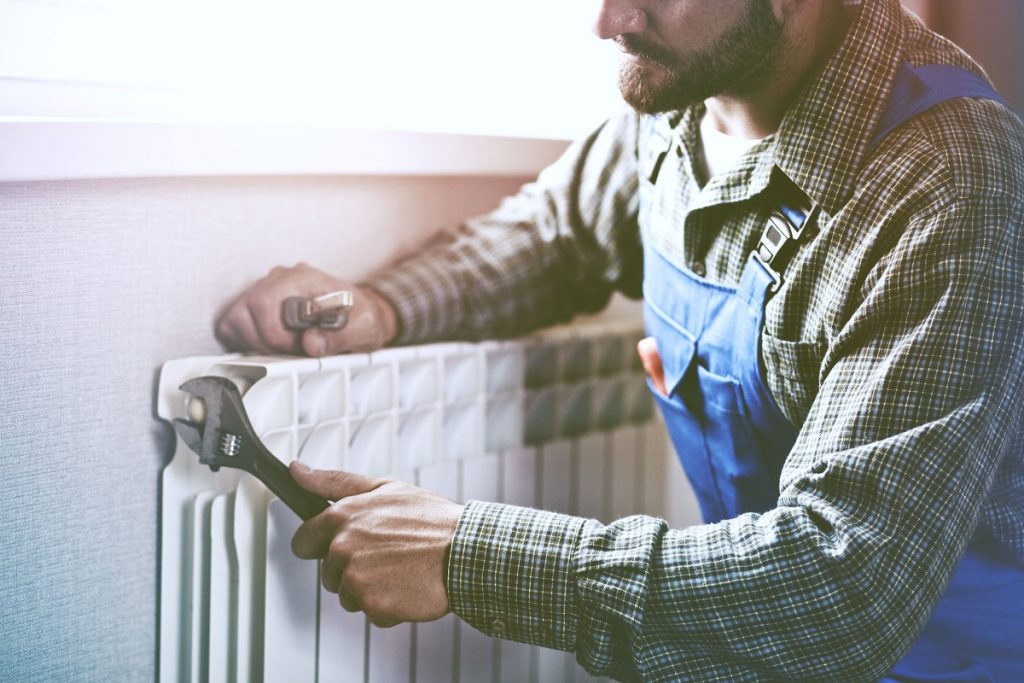What is energy efficiency? It’s a lot more than just turning off the lights. Energy efficiency is any measure that reduces your home’s use of electricity, natural gas, oil, and water — because every time you use these resources, they cost money. And when it comes to saving money on utility bills, one of the best ways to do so is by building an energy-efficient home.
There are many steps you can take during construction and afterward to make your house as efficient as possible from top to bottom. You’ll need to make sure all new appliances are highly efficient and sealed tightly against air leaks; seal all gaps around windows and doors; install insulation in walls, flooring, and ceilings (and be sure not to cover it up with too much decorative trim); and take advantage of the sun with south-facing windows and solar panels.
These are the 11 tips for building an energy-efficient home:
1. Make Sure All New Appliances Are Energy Star Certified
When you buy a new appliance, be sure to look for the Energy Star certification. This means that the appliance has been certified as being energy-efficient, which will save you money on your utility bills in the long run. Many major appliance manufacturers have products that are Energy Star certified, so you have plenty of options to choose from.
2. Seal Gaps and Cracks Around Windows and Doors
Window and door gaps are a major source of air leaks, which can lead to increased energy usage and higher utility bills. Sealing these cracks and gaps is an easy way to make your home more energy-efficient. You can use caulk or weatherstripping to do the job.
3. Install Insulation in Walls, Ceilings, and Floors
One of the best ways to make your home more energy-efficient is to install insulation in the walls, ceilings, and floors. This will help keep the heat in during winter and the cool air in during summer. Make sure not to cover up any insulation with decorative trim or finishes.
4. Take Advantage of the Sun with South-Facing Windows
Installing south-facing windows is a great way to take advantage of the sun’s energy. The windows will allow natural light to come into your home, and the heat from the sun will help warm up the room during winter.
5. Use LED Lights
LED lights are much more energy-efficient than traditional incandescent bulbs. They also last longer, which means you’ll need to replace them less often. Use polycarbonate Dome Rooflights to replace fragile glass roof lights and lanterns. polycarbonate is shatterproof, so it will not break in the event of an accident or vandalism.
6. Install a Programmable Thermostat
A programmable thermostat can help you save money on your energy bills by automatically adjusting the temperature of your home based on your schedule. For example, you can have the thermostat turn down the heat at night or when you’re away from home.
7. Upgrade to Double-Pane Windows
Double-pane windows are more energy-efficient than single-pane windows. They work by trapping a layer of air between the two panes of glass, which helps keep the heat in during winter and the cool air
6. Install a Programmable Thermostat
A programmable thermostat can help you save money on your utility bills by automatically adjusting the temperature in your home based on your schedule. For example, you can set it to turn down the heat or air conditioning when you’re not home.
7. Hang Curtains or Blinds to Help Control Temperature and Light
Hanging curtains or blinds can help you control the amount of light and heat that comes into your home. This will help you save energy on heating and cooling costs.
8. Use a Tankless Water Heater
A tankless water heater is more efficient than a traditional water heater because it doesn’t use as much energy to heat up water. This can save you money on your utility bills.
9. Take Advantage of Renewable Energy Sources
Installing solar panels or wind turbines can help you reduce your reliance on traditional energy sources, which can save you money in the long run.
10. Maintain Your Appliances and HVAC Systems

One of the best ways to ensure that your home remains energy-efficient is to keep your appliances and HVAC systems in good working condition. Make sure to have them serviced regularly by a qualified technician.
11. Participate in a Home Energy Audit
A home energy audit is a great way to find out where your home is losing energy and how you can fix it. Many utility companies offer free or discounted audits to their customers.
Conclusion
These are the 11 tips for building an energy-efficient home. By following these tips, you can save money on your utility bills and help reduce your carbon footprint.

